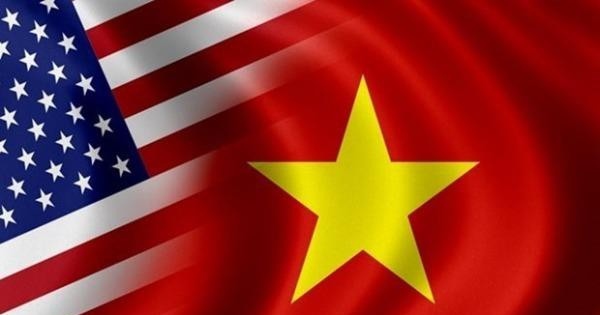Vietnam-US trade ties enjoy spectacular growth over two-decade period
The nation’s trade ties with the United States have enjoyed impressive growth during 26 years since the normalisation of diplomatic ties, with two-way trade growing from over US$400 million in 1995 to more than US$90 billion in 2020.

Looking back over the past two decades of international trade, there is no relationship which has enjoyed such a fast growth rate like that of the Vietnam-US relationship, said Nguyen Xuan Thanh, senior lecturer at Fulbright School of Public Policy and Management in Vietnam.
Prof. David Dapice, a leading expert on development economics in Southeast Asia, Harvard Kennedy School at Harvard University, used the word “spectacular” to describe the development of economic co-operation between both sides.
Total Vietnamese export turnover to the US rose from US$1 billion in 2000 rose to US$10 billion in 2007, mainly due to a bilateral trade agreement taking effect in 2001. Following 2007, Vietnamese exports continued to increase, partly due to the shift in the global supply chain, along with foreign investors entering the country in order to take advantage of cheap labour, Prof. Dapice stated.
Over the last five years, Vietnamese export value to the US has expanded by 230%, while exports from the US market have jumped by 175%. In doing so, the US has become the largest Vietnamese importer, while the latter has become the former’s 10th largest trading partner.
Deputy Foreign Minister Nguyen Quoc Dung emphasised that mutual ties have made significant strides since 1995, with the most salient aspect being through economic co-operation. With a comprehensive partnership, trade and investment flows from the US have paved the way for the nation to further boost its international economic integration and gradually boost growth, thereby moving away from the status of a less developed to a middle-income country.
With regard to US businesses, the fast-growing Vietnamese market of 100 million people boasts a young and industrious workforce which seems to be highly promising. The country’s increasing demands for development and its location being situated in one of the most dynamically growing areas of the world also offer great opportunities.
Meanwhile, the US, as the largest global importer with abundant capital and technology, represents a potential destination for Vietnamese exporters.
What is more important is that the governments and business communities of both countries are keen to augment economic and trade co-operation moving forward.

